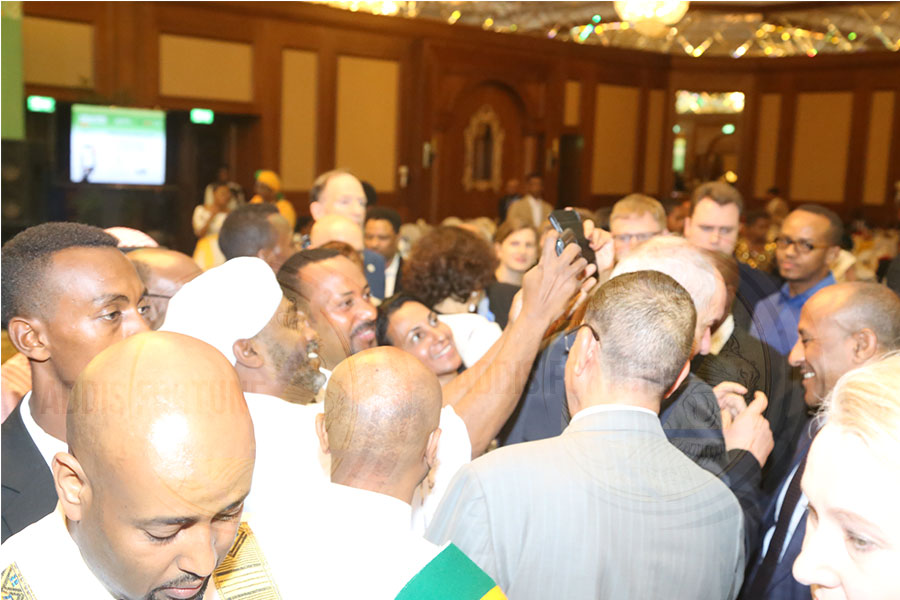
Photo Gallery | 180328 Views | May 06,2019
Sep 27 , 2025. By BEZAWIT HULUAGER ( FORTUNE STAFF WRITER )
Seventeen years after its ambitious debut, the Ethiopian Commodity Exchange (ECX), once a symbol of modern market reform, finds itself at a crossroads. Last year, the Exchange met just 55pc of its business targets, signalling a sharp decline in relevance as more traders and exporters embrace direct deals and vertical integration.
Seventeen years after its inception as a flagship market reform for agricultural modernisation, the Ethiopian Commodity Exchange (ECX) is wrestling with a crisis of fade in practicality.
Once hailed for bringing price transparency, contract enforcement, and traceability to the notoriously opaque domestic agricultural markets, the Exchange now finds itself increasingly bypassed by stakeholders embracing vertical integration and direct trade. The ECX met only 55pc of its planned volume targets in the past fiscal year, a grim indicator of waning business activity.
While it facilitated 27.3 billion Br in trades across 115,739 metric tons of agricultural products, the volume of commodities traded fell by nearly 50pc, uncovering not merely digital adaptation challenges but a systemic realignment in how agricultural commodities change hands. The Exchange's cumulative historical performance, with 420 billion Br in transactions and 20 billion Br in tax collection, mirrors past achievements rather than present momentum.
The divergence revealed that institutional inertia may be impeding ECX's ability to adapt quickly to a rapidly transforming trade architecture.
Much of this shift can be traced to the rise of vertical integration. The approach enables exporters to purchase directly from farmers and suppliers, thereby bypassing intermediaries and the ECX altogether. Supporters say it shortens supply chains, increases transparency, and boosts producer earnings. The numbers back them up.
In 2023, more than 90pc of the 1.3 billion dollars in coffee export revenue came through vertical integration deals. The coffee sector has been a notable beneficiary, with cultivated land for coffee expanding from 756,000hct to 1.1 million hectares over four years. The surge has been driven by direct linkages between farmers and exporters. In only six months, over 6,000 direct contracts were signed, resulting in the shipment of 133,000tns of coffee overseas.
The Exchange has responded by broadening its own product range. Six new commodities, including teff and beer malt, have been added to the Exchange, bringing the total to 28. However, the trend remained clear.
“Since the Ministry of Trade permitted alternative trading last year, traders have increasingly shifted away from the Exchange,” Mergia Bayissa, CEO of the ECX, told Fortune.
The challenge for Mergia and his senior executives is to adapt and win back business. According to Dawit Mura, head of communications, the Exchange plans to research to attract traders. One key strategy is the development of a new online platform.
“Trading on ECX was mandatory for over a decade,” Dawit told Fortune, noting that the Exchange supports alternative trading pathways and intends to compete with other methods. “We're studying ways to make trading easier.”
Dawit disclosed that once this research is approved, the Exchange plans to double its trade volumes.
Despite the setbacks, ECX’s price performance remains solid, with commodity prices on the Exchange reaching 99pc of planned targets. Dawit attributed this to the interaction of supply and demand and recent price increases, while noting that both international trends and seasonal changes continue to sway local prices.
Amid all these changes, the ECX, whose board is chaired by Kassahun Gofe, minister of Trade & Regional Integration (MTRI), is also making a bold bet on its future. It is building a 36-story headquarters near the Federal Housing Corporation headquarters, near La Gare, a project with a total investment of 5.1 billion Br. The building is expected to become a hub for Africa and a centre of excellence for commodity trading. It is planned to be constructed in two phases, with the first phase set for completion next year. The tower will occupy 2,043Sqm on a plot of 3,599Sqm and is being financed through ECX’s income and bank loans.
Dawit disclosed that the new headquarters will help reduce rental pressure from current commercial spaces, especially once the first five floors are completed. The ECX has been housed in Alsam Cheleleka Tower on Chad St., owned by the Saber Argaw family.
But not everyone in the sector is enthusiastic about the Exchange. Associations and exporters have voiced longstanding concerns. According to Edao Abdi, president of the Oil Seeds & Pulses Association, the ECX continues to struggle with quality control. He cited frequent cases where commodities purchased through the Exchange do not meet promised standards, with old and new crops mixed together, resulting in costly rejections.
“It's costing our customers a substantial amount of money,” Edao told Fortune.
He recalled a recent incident in which a client from China received tainted goods instead of an 83,000-dollar shipment. He called for an ethical code of conduct to crack down on untrustworthy traders.
Exporters are also feeling the impact of price volatility. According to Edao, the price of a quintal of white soybean has soared from 7,000 Br last year to 17,000 Br this year, a 143pc increase that has eaten into profits. Exporters still face unresolved loan issues, and due to currency depreciation, their revenues may not accurately reflect their actual value in local terms. According to Edao, many exporters now prefer vertical integration and contract farming over ECX.
Others in the industry such as Biniyam Teklay, an exporter at Bazen Enterprise, share similar grievances. He cited logistical hurdles and security concerns in some regions.
"Centralised delivery in Addis Abeba is more practical under vertical farming arrangements," he told Fortune.
He echoed Edao's voice, stating that quality problems persist, including crop mixing and inconsistent origin tracking, which have prompted his company to consider vertical integration. Biniyam was critical of MoTRI's pricing mechanism, arguing that it lags behind international markets, sometimes by months. He pointed to the example of sesame production in Brazil, driving down global prices.
“The Ethiopian market only adjusted after three months of overpayment for exports,” he said.
The complaint extends to the fundamentals of ECX’s value proposition. Investment consultant and international trade adviser Sani Tuke, who works for Saniya Business Development & Consulting, described the Exchange as a platform that benefits intermediaries more than farmers.
“Premium profits for brokers often exceed those for producers,” Sani said.
He blamed inefficiencies, especially in sesame trading, where a single broker could pocket up to 700 Br a quintal. Sani recommended that the Exchange focus on facilitating logistics and delegate quality control to public authorities such as the Agriculture Authority or the Coffee & Tea Authority.
PUBLISHED ON
Sep 27,2025 [ VOL
26 , NO
1326]

Photo Gallery | 180328 Views | May 06,2019

Photo Gallery | 170525 Views | Apr 26,2019

Photo Gallery | 161559 Views | Oct 06,2021
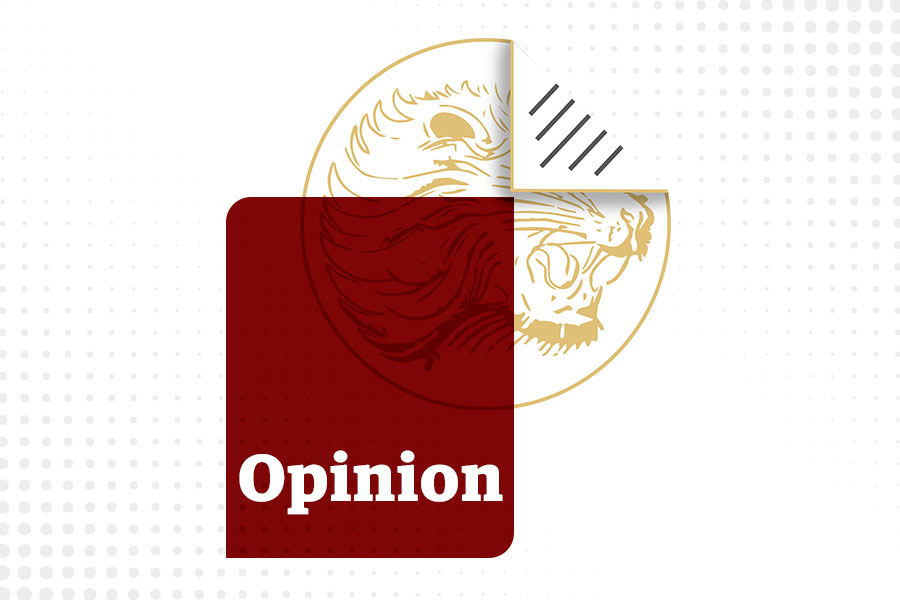
My Opinion | 137274 Views | Aug 14,2021
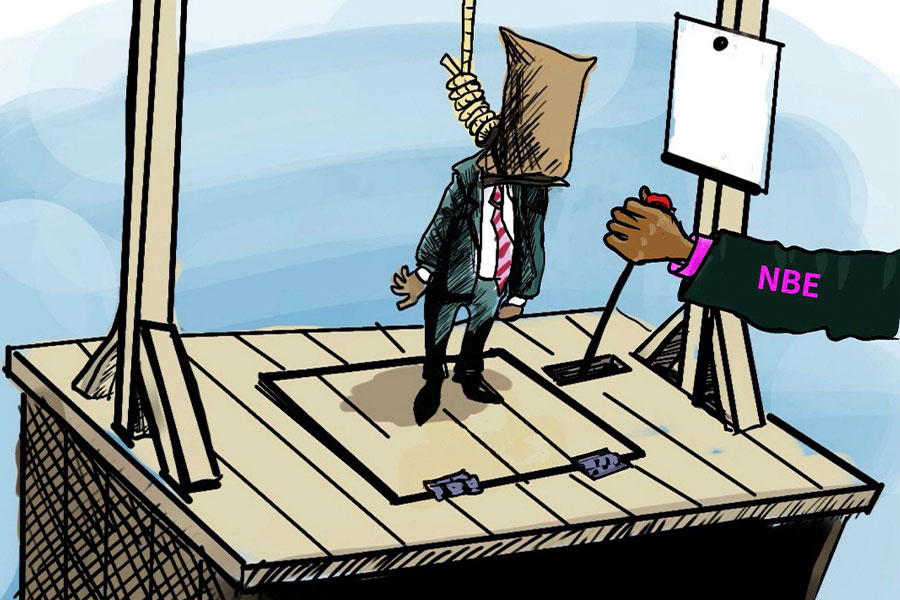
Nov 1 , 2025
The National Bank of Ethiopia (NBE) issued a statement two weeks ago that appeared to...
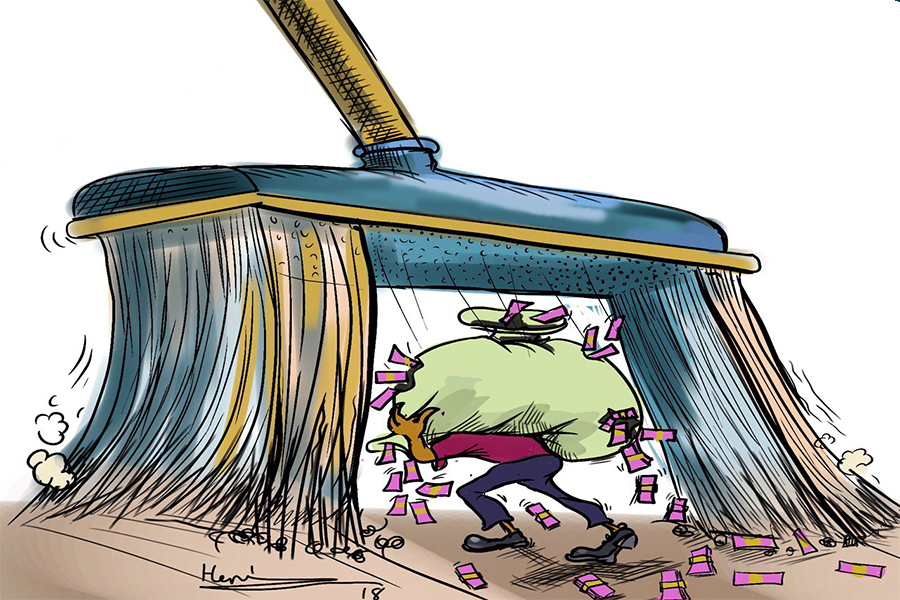
Oct 25 , 2025
The regulatory machinery is on overdrive. In only two years, no fewer than 35 new pro...
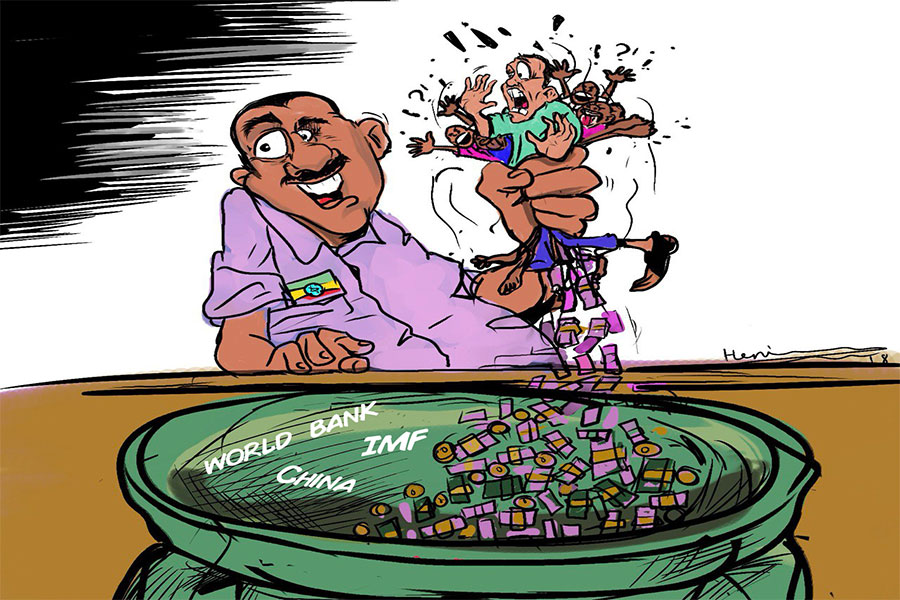
Oct 18 , 2025
The political establishment, notably the ruling party and its top brass, has become p...
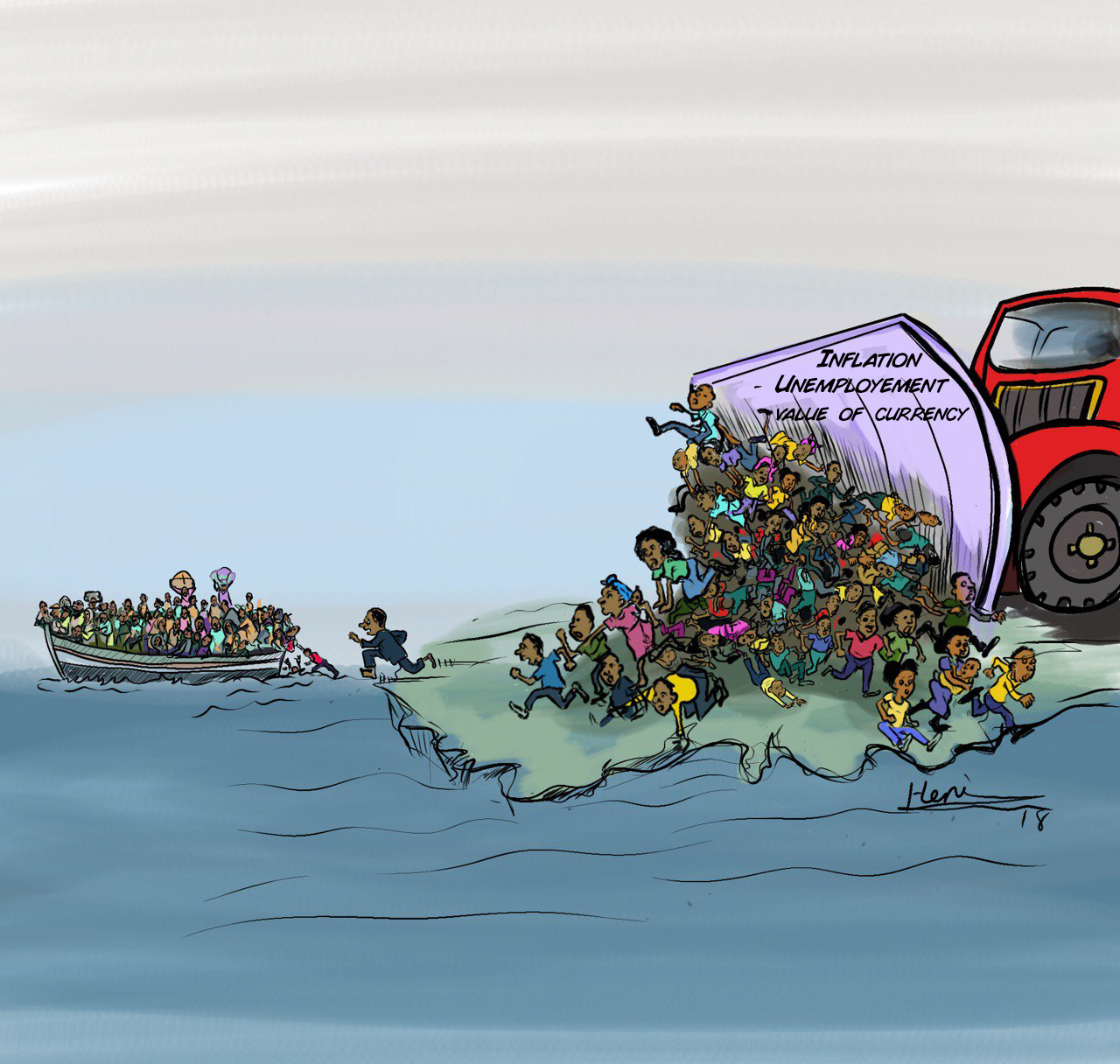
Oct 11 , 2025
Ladislas Farago, a roving Associated Press (AP) correspondent, arrived in Ethiopia in...